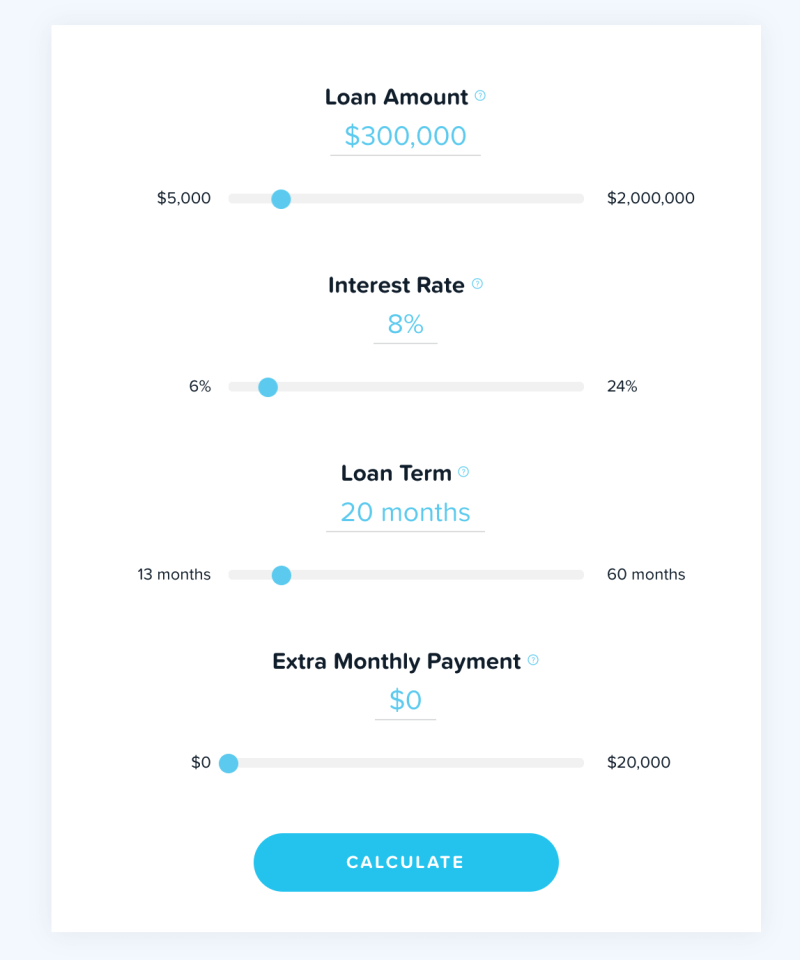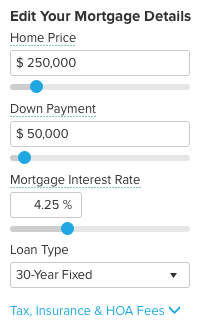When you purchase a house, you may hear a little bit of industry lingo you're not familiar with. We've created an easy-to-understand directory site of the most typical home loan terms. Part of each monthly home loan payment will approach paying interest to your lending institution, while another part goes toward paying for your loan balance (likewise referred to as your loan's principal).
Throughout the earlier years, a greater part of your payment approaches interest. As time goes on, more of your payment approaches paying down the balance of your loan. The deposit is the money you pay upfront to acquire a home. Most of the times, you need to put money to get a home loan.
For example, standard loans need as little as 3% down, however you'll have to pay a regular monthly cost (known as personal mortgage insurance) to make up for the small deposit. On the other hand, if you put 20% down, you 'd likely get a much better rate of interest, and you wouldn't have to spend for private home mortgage insurance.
Part of owning a home is paying for property taxes and homeowners insurance. To make it simple for you, lenders established an escrow account to pay these expenses. how do reverse mortgages really work. Your escrow account is handled by your lender and works kind of like a bank account. Nobody earns interest on the funds held there, however the account is utilized to gather money so your lender can send payments for your taxes and insurance on your behalf.
Not all mortgages come with an escrow account. If your loan does not have one, you need to pay your home taxes and property owners insurance coverage expenses yourself. However, many lending institutions offer this choice since it enables them to make certain the residential or commercial property tax and insurance coverage expenses https://www.inhersight.com/companies/best/reviews/flexible-hours make money. If your down payment is less than 20%, an escrow account is required.
The Main Principles Of What Are Reverse Mortgages And How Do They Work
Remember that the quantity of money you require in your escrow account is reliant on just how much your insurance coverage and real estate tax are each year. And since these expenditures might change year to year, your escrow payment will alter, too. That suggests your monthly home loan payment may increase or decrease.
There are two kinds of home loan rate of interest: fixed rates and adjustable rates. Repaired rates of interest stay the exact same for the whole length of your home mortgage. If you have a 30-year fixed-rate loan with a 4% rate of interest, you'll pay 4% interest till you settle or re-finance your loan.
Adjustable rates are rate of interest that alter based on the market. A lot of adjustable rate home loans begin with a fixed rates of interest duration, which generally lasts 5, 7 or 10 years. During this time, your rates of interest remains the same. After your fixed rate of interest period ends, your interest rate changes up or down when annually, according to the market.

ARMs are best for some debtors. If you prepare to move or refinance before the end of your fixed-rate duration, an adjustable rate home mortgage can provide you access to lower interest rates than you 'd normally find with a fixed-rate loan. The loan servicer is the company that supervises of offering month-to-month mortgage statements, processing payments, handling your escrow account and reacting to your questions.
Lenders might offer the servicing rights of your loan and you might not get to select who services your loan. There are numerous types of home loan. Each includes various requirements, interest rates and benefits. Here are some of the most typical types you might hear about when you're getting a home mortgage - how do points work in mortgages.
All About How Do Business Mortgages Work
You can get an FHA loan with a deposit as low as 3.5% and a credit rating of just 580. These loans are backed by the Federal Real Estate Administration; this implies the FHA will repay loan providers if you default on your loan. This minimizes the risk lenders are handling by providing you the cash; this implies loan providers can provide these loans to customers with lower credit history and smaller down payments.
Traditional loans are frequently also "conforming loans," which indicates they fulfill a set of requirements defined by Fannie Mae and Freddie Mac 2 government-sponsored enterprises that purchase loans from lenders so they can give mortgages to best timeshare exit companies more people - how do canadian mortgages work. Standard loans are a popular choice for purchasers. You can get a traditional loan with as little as 3% down.
This adds to your monthly expenses but permits you to enter a new house earlier. USDA loans are just for homes in eligible backwoods (although numerous homes in the residential areas qualify as "rural" according to the USDA's meaning.). To get a USDA loan, your home income can't exceed 115% of the location mean earnings.
For some, the assurance fees required by the USDA program expense less than the FHA mortgage insurance premium. VA loans are for active-duty military members and veterans. Backed by the Department of Veterans Affairs, VA loans are a benefit of service for those who've served our country. VA loans are a great option because they let you buy a house with 0% down and no private mortgage insurance.

Each monthly payment has four major parts: principal, interest, taxes and insurance coverage. Your loan principal is the quantity of cash you have actually left to pay on the loan. For instance, if you obtain $200,000 to purchase a house and you pay off $10,000, your principal is $190,000. Part of your regular monthly home loan payment will automatically approach paying for your principal.
The How Do Lendsure Mortgages Work Statements
The interest you pay every month is based on your rate of interest and loan principal. The money you pay for interest goes straight to your home loan company. As your loan matures, you pay less in interest as your primary reductions. If your loan has an escrow account, your regular monthly mortgage payment might also include payments for real estate tax and homeowners insurance coverage.
Then, when your taxes or insurance coverage premiums are due, your lender will pay those bills for you. Your home loan term describes how long you'll pay on your home mortgage. The 2 most typical terms are 30 years and 15 years. A longer term typically implies lower regular monthly payments. A much shorter term normally suggests larger month-to-month payments however huge interest savings.
In many cases, you'll require to pay PMI if your deposit is less than 20%. The cost of PMI can be added to your monthly home loan payment, covered via a one-time in advance payment at closing or a combination of both. There's likewise a lender-paid PMI, in which you pay a slightly higher rates of interest on the home loan rather of paying the month-to-month cost.
It is the written pledge or contract to repay the loan using the agreed-upon terms. These terms consist of: Rates of interest type (adjustable or fixed) Interest rate percentage Quantity of time to pay back the loan (loan term) Quantity borrowed to be repaid completely Once the loan is paid in complete, the promissory note is provided back to the customer.